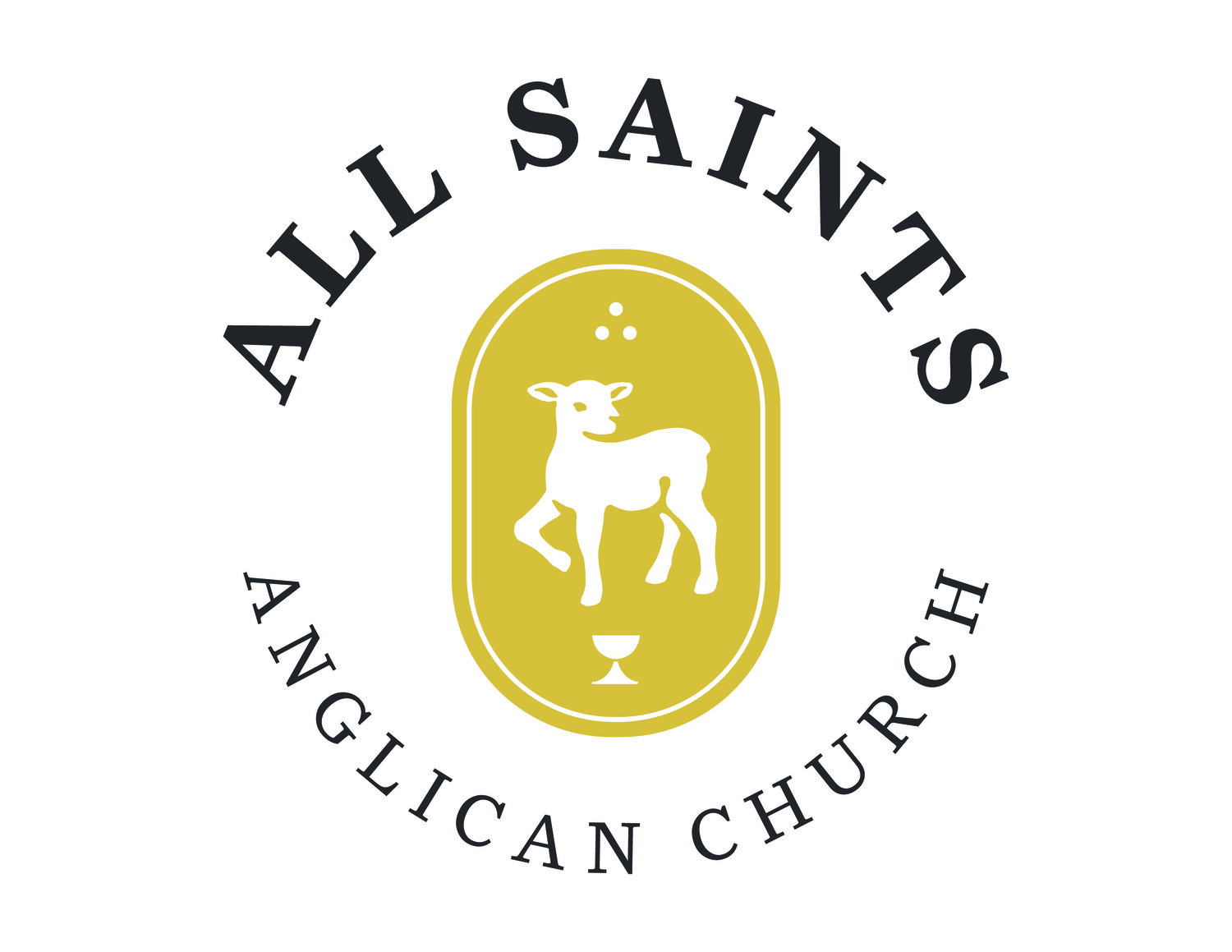In my distress I called upon the Lord;
to my God I cried for help.
From his temple he heard my voice,
and my cry to him reached his ears.
—Psalm 118.6 (ESV)
Under the yoke of bondage in Egypt the House of Israel groaned. And Yahweh heard them and set them free from the house of slavery. Out of their pain they raised a loud cry. Understand: they made their pain eloquent; they gave it voice.
But what, one might wonder, if Pharaoh had had at his disposal, the entertainment-media and pharmacological industries we boast of in the west? What would have become of the groaning of Israel in Egypt?
Byung-Chul Han notes that the way in which we deal with pain in a strictly medical and pharmacological way “prevents pain from becoming eloquent even critical” (2021, 11-12; emphasis in the original). By which he means the way in which our pain is silenced. It never produces in us a kind of groan that speaks to God or cries-out for justice. It dies under the analgesic order of late modernity for whom pain is the ultimate horror to be avoided.
“The palliative society immunizes itself against criticism through medically induced numbness or numbness produced through media consumption” write Han (12). And while not all forms of anesthesia are necessarily wrong, and there are a good many reasons and spaces for anesthetization, Han warns that “[p]ermanent social anaesthesia [sic] prevents insight and reflection; it even represses the truth” (ibid).
Our pain, an abundant feature of human life this side of the Resurrection, is never allowed to be a shared pain. That would be too political, it would work among people, binding them together; pain would be given a voice. And when pain has a voice before God, then God and Pharaoh are brought into conversation. And Pharoah does not enjoy his audiences with Yahweh.
But this mollifying of pain in the pursuit of individual-happiness-above-all-else actually only gestures and pretends at happiness, for, as Han points-out: “True happiness is only possible as fractured.” [13]. For those who follow the liturgy closely, this makes perfect sense. For happiness to be happiness is must be taken, broken, divided, and given away. True happiness, right now at least, demands a measure of painful breaking, of self-giving, of love. Or, as Andreas Capellanus once wrote, “love is suffering” [28]. To enjoy a thing without demanding that it is either absorbed by your ego, or that it lasts forever, or that it satisfies all of your preconceived ideas of what it ought to have done for you, is a kind of pain.
But before we go and over-abstract pain, let me draw you attention to the basic necessity of pain in the great pleasures of life: to love is to ache, sometimes physically; to play is to risk injury; to exercise is to induce stretching and tearing; to eat/drink is to suffer the loss of the thing consumed; to enjoy music or art is to suffer anticipated future where you will no longer enjoy the work; to raise children is to suffer pain; to participate in a body of people is to suffer the pains of those with whom you are in fellowship. The list goes on. “Pain bears happiness. Painful happiness is not an oxymoron” (13; again, the emphasis is in the original).
Being the church of the Crucified Lord means being a people who resist the anesthetizing direction of our culture. We suffer together. We love one another and the joy of our fellowship isn’t one distilled and purified of pain, but rather one that transfigures and makes sense of and gives meaning to the pain of loving one another. St. Paul says that he wants to know Christ “and the power of his resurrection, and may share his sufferings, becoming like him in his death that by any means possible I may attain the resurrection from the dead” (Phil 3:10-11). Resurrection and Sufferings are linked. We are the community of the Resurrection and of the Suffering. The church is the place where pain and joy are not numbed-away; where, week by week, we confront confess suffer and cry-out to God for justice. We are the people among whom pain is still allowed to speak.


